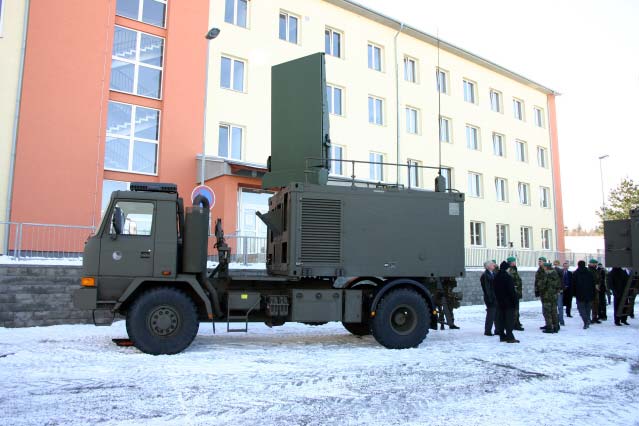US-China strategic competition in East Asia
For more than a half-decade, the US led the Asia-Pacific region by establishing its bases through strategic alliances and trade partnerships. It established alliances with South Korea, Japan, and other countries like Taiwan, the Philippines, and Singapore as well. The USA maintained a strong relationship with the East Asia region.
The US-led order provided the political and economic transition to the East Asian region. America was the hegemonic power in the region but after the 1980s, there was a power shift in the region’s political dynamics when China emerged as a new major power in the region. The region saw two competing powers, the US and China to dominate the regional political and security environment. By using its grand strategy, the United States wants to build larger global order. It tried to influence the whole world including the East Asian region.
In the post-cold war era, the USA builds its agreements with the west. The core objective of these agreements and partnerships was to expand its influence and dominate East Asia. This grand strategy reveals the long-term engagements of America with East Asia. Right after WWII, the immediate step was to rebuild Japan. The US tried occupation of Japan with markets reforms and by an emphasis on the introduction of democracy, also built security relationship with Japan.
European Union: The impacts of Brexit on the EU
The Hub and Spoke system by the USA tied South Korea and Japan with Each other. The USA provided them with open markets, security, and working political relations. In return, these countries agreed on traded and affiliated with the U.S. The United States uses this grand strategy to tie itself to the region by using economic partnership and long-term political relations. The USA made the strategic decision to reduce the security challenges from East Asia by being inside of the region.
It tried to reshape the region through the building of regional political order that increase open trade and investment, rather than being safe on another side of the region. The US also wanted to promote stability and balance of power in the region. It wanted to keep safe East Asia from being dominated by any other power. The US also advance its economic ties with the region as it saw its interests advanced by the building of regional political order in East Asia. The US holds the vision by economic, political, and security partnership to restrain China. American strategic goals to create counterweights to restrain China to project power and influence.
Dostarym III and Pakistan’s success in Fight against Terrorism
The most recent addition in the list of US interests in East Asia, preventing the region from becoming a base for terrorists. According to the National Security Strategy of the USA, it wanted that China should act as a responsible stakeholder and work with the US. American assistance secretary of state “James Kelly” stated that our policy’s priority is waging war against terrorism. It’s time to transform the region. It identified Thailand, Japan, and South Korea as their traditional allies and strategic partners in the region.
Moreover, in recent decades, China played a key role in East Asia. It is considered a giant in regional affairs. In East Asia, China adopts the policy of peaceful rise in the region. It tried hard to tie China’s strategic posture to the overall region. By using more cooperative approaches, China tried to develop its relationship with Eastern Asian countries. This period started particularly from the financial crisis of 1997 to 1998 onwards. China also took the initiative to maintain a stable security environment and political engagements that support its economic growth. China wanted to get access to the energy resources and raw materials of the region to enrich its economy.
Russian Elevation at world stage?
China’s strategies in East Asia indicate that it is interested not only in expanding trade but it wants more in the region. The rise of China poses a serious threat to the international system and specifically to challenge and overtake the United States’ dominance in the Asia Pacific. there was strategic rivalry with India and Japan. Beijing continuously applied its policy to cultivate cooperative relationships. For neighboring countries, China’s economy served as glue about China. Beijing decided to invest more in the region by promoting its soft power to improve its image in East Asia. China adopted the strategy of cooperation for competition to influence the region. It focused on domestic growth to push the USA out of the region or tried to become major East Asian strategic partners.
In short, the US-China strategic competition in the East Asian region is a drive to stand as superpowers in world politics by expanding more and more influence over different regions. The strategic competition between the existing and emerging superpower in East Asia brought a host of challenges and intensified the regional security environment.
The risks and consequences for the regional security and are the major outcomes of the US-China strategic rivalry amid the competition which will have far more impacts on the regional stability. Considering the changing dynamics of global politics their rivalry may not be regarded as simply. It seems to be inevitable. Both the states are nuclear power and there is traditional deterrence between them.
Author: Halima Khalid
About:
Haleema Khalid is completing her Msc in IR from Numl Islamabad.













